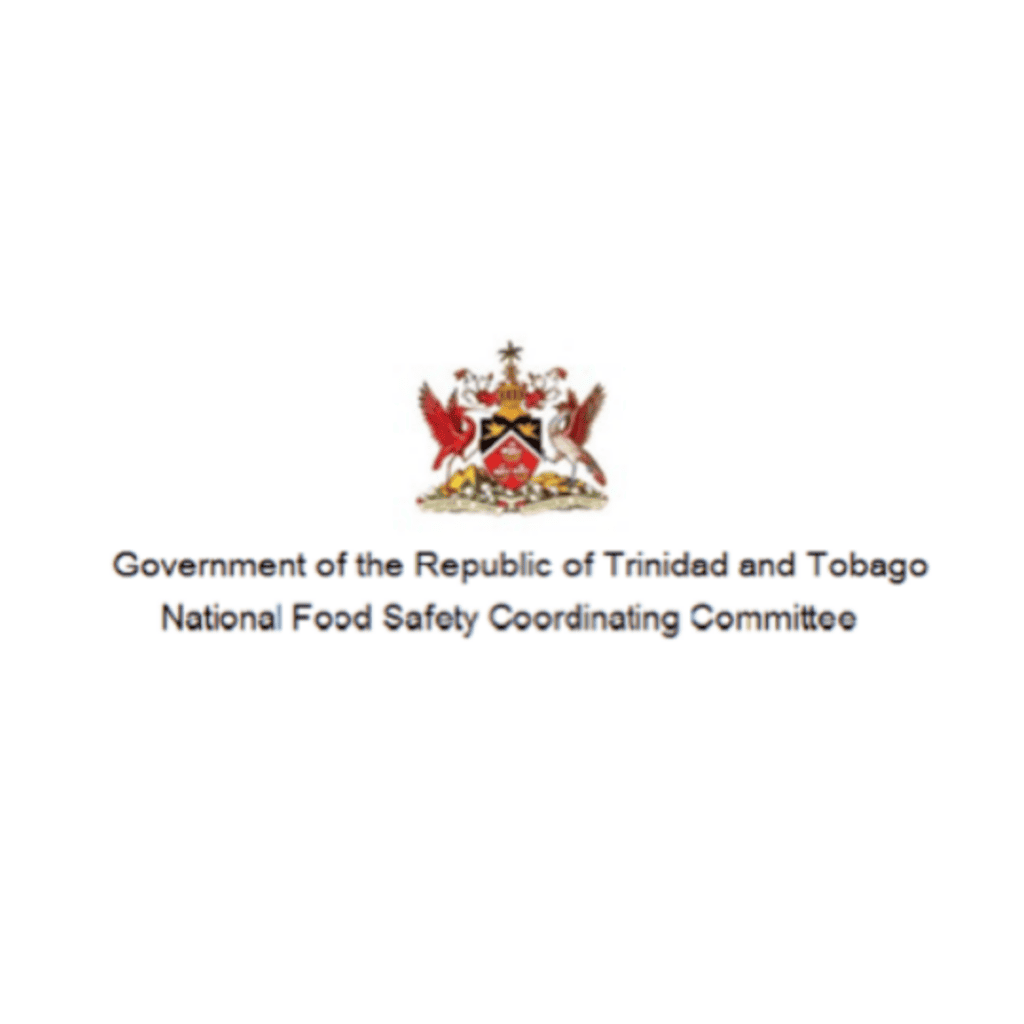Scan the shelves of any local supermarket and you’d notice more and more products with grandiose claims about their benefits to human health and the environment. Organic, All Natural, Gluten-free, Superfood, non-GMO and Sugar-free are just some of the many labels now ubiquitous on food products. It can be overwhelming to say the least.
A member of Trinidad and Tobago’s National Food Safety Coordinating Committee (NFSCC) recently experienced this on a market run where they observed vendors claiming that their produce was organic; their eggs were free-range; and their beef came from grass-fed cows.
The fact is, food producers and suppliers are responding to consumer demand. Many of us now aspire to eat healthier, safer foods—a welcome development, since it’s no secret that Trinidad and Tobago has one of the highest rates of non-communicable diseases in the region.
In some cases, however, these “health” and “eco” labels are used as buzzwords with watered down or misleading applications, leaving open the possibility that some consumers are purchasing blindly—duped—without knowing the meaning behind the lingo.
Regulations under the Food and Drugs Act of Trinidad and Tobago require that labelling of food not be deceptive and information stated be factual and not misleading to the consumer.
Even so, consumers can still benefit by knowing the facts. In this article, we’ll break down some of trending buzzwords in food to help help you, the consumer, feel empowered to shop with confidence.

According to the United States Department of Agriculture (USDA) organic foods are produced through approved methods that integrate cultural, biological and mechanical practices that foster cycling of resources, promote ecological balance and conserve biodiversity. It does not promote the use of synthetic fertilizers, sewage sludge or genetic engineering.
To sell, label or represent products as organic, operations must follow all the specifications as set out by a regulatory agency. It must be noted that contrary to popular belief, organic foods can often be treated with pesticides which have been approved by the regulatory agency. Therefore, organic does not mean the same as pesticide free.
Locally, consumers should be cautioned on the claim attached to organic foods, as there is no local regulation to verify this claim. As the saying goes, buying local organic produce is probably buying “cat in bag”.

Foods claiming to be all natural have been minimally processed and contain no artificial ingredients. Artificial ingredients are those not found in nature and must be synthetically produced such as colourants and sweeteners.

Gluten is the composite mixture of the proteins gliadin and glutenin and is mainly found in cereals such as wheat, rye, barley and oats. Gluten-free foods do not contain these proteins. There are some persons who are intolerant to gluten and suffer from Celiac disease—a gastrointestinal disorder characterised by mal-absorption, malnutrition, diarrhoea, intestinal bleeding and decreased blood levels of calcium.
Patients with Celiac disease are inordinately sensitive to dietary gluten products and often respond favourably to a gluten-free diet. Gluten free foods and diets are becoming increasingly popular and are quite trendy.
For the average consumer, there is no real reason to avoid gluten, other than the fact that persons who follow a gluten-free diet, often do not consume ultra-processed breads which are excellent for weight loss and lowering inflammation.

“Superfoods” refers to nutrient dense foods that are beneficial to health and claim to possess the power to prevent and cure diseases. The list of recently acclaimed superfoods is exhaustive.
According to the latest trends, examples of superfoods include kale, turmeric, ginger and green tea. Nutritionally speaking, however, there is no such thing as a superfood. There is little scientific basis to prove superfoods exist as it is highly unlikely that any single food will make a difference on its own.
Consumers must have a healthy, balanced, and varied diet to achieve and maintain their health. No single food holds the key to good health or disease prevention.

Genetically Modified Organism (GMO) refers to any living thing, such as plant, animal or microorganism that had its DNA altered using genetic engineering. It is usually done to introduce a desirable trait into the organism, such as larger fruit or drought resistance.
Non-GMO or GMO-free foods contain ingredients that are not from organisms that had their genetic material manipulated in a laboratory. Currently, the topic of GMOs and their use in food is quite controversial. Ultimately, it’s down to a personal, informed choice, on what is one is comfortable consuming.

Sugar-free may have several definitions but in some jurisdictions, food with less than 0.5 grams of added sugar per reference amount customarily consumed and per labeled serving. However, consumers must be mindful that this does not mean that the food does not have other “natural” sweeteners. Instead of looking for the words “sugar-free”, consumers should take the time to look at the sugar quantity listed on the Nutrition Facts on the label and then take it a step further to read through the ingredients to see if there are hidden sugars, artificial sweeteners, or other ingredients that maybe harmful to your health.
Buzzwords such as these often influence our decision to purchase food at a higher cost. However, we must remember that it is equally important to read food labels—including the ingredients listings and nutrition facts—to get a better appreciation of the actual contents and nutritional value before purchasing. It is the hope of the NFSCC and that this article has given you, the consumer, a better understanding of some of these buzzwords in food to help guide your future purchasing decisions.
This article is the sixth in a series of food safety editorials being published under a multi-stakeholder SAFE Food Campaign supported by the IDB Lab.

stakeholders within the NFSCC





